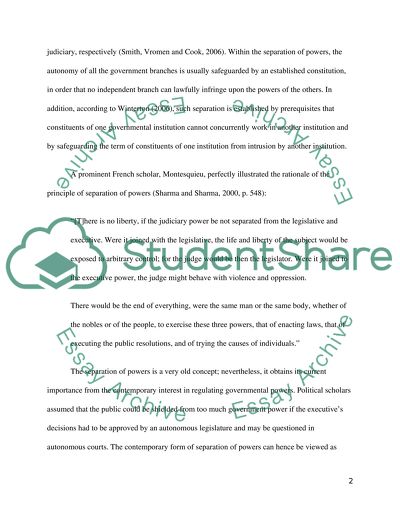Cite this document
(“The Rationale behind the Separation of Powers in the Australian Essay”, n.d.)
Retrieved from https://studentshare.org/history/1399024-why-are-the-legislative-executive-and-judicial
Retrieved from https://studentshare.org/history/1399024-why-are-the-legislative-executive-and-judicial
(The Rationale Behind the Separation of Powers in the Australian Essay)
https://studentshare.org/history/1399024-why-are-the-legislative-executive-and-judicial.
https://studentshare.org/history/1399024-why-are-the-legislative-executive-and-judicial.
“The Rationale Behind the Separation of Powers in the Australian Essay”, n.d. https://studentshare.org/history/1399024-why-are-the-legislative-executive-and-judicial.


